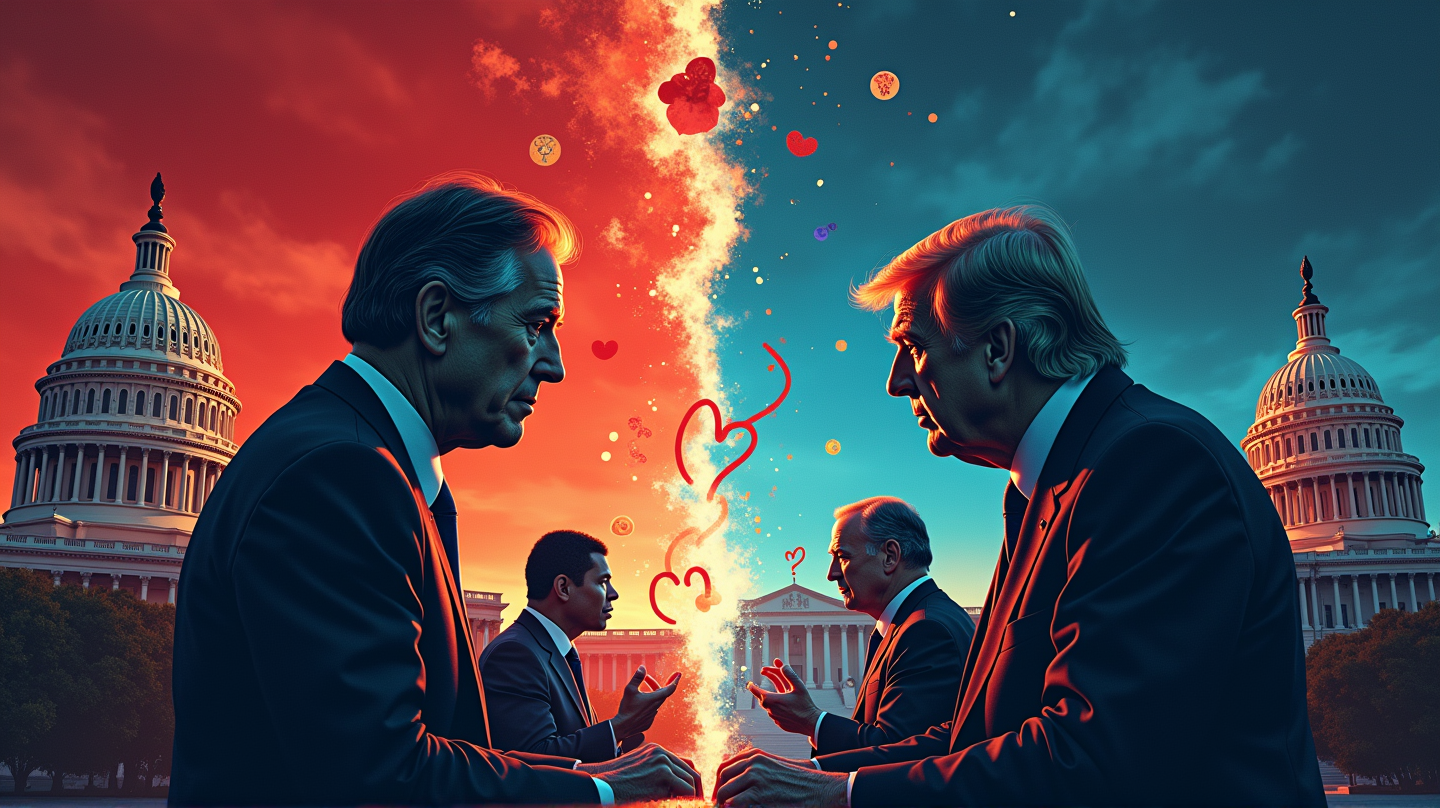By Kay Lee
Copyright internetprotocol

The swirling winds of political strife have once again triggered a governmental stalemate, but this time, the stakes are soaring even higher as crucial health services hang in the balance. It’s a classic game of political chess — a waiting game to see which side blinks first in a confrontation that could reshape the landscape of essential health care in America. As of midnight on October 1, federal funding ran dry, holding the nation’s breath as Democrats and Republicans sit at opposing ends of a fractious bargaining table.
High Stakes and Tremors Beyond Washington
While the political wrangling unfolds in the corridors of power, the tremors of this shutdown ripple far beyond Capitol Hill. Health systems across the country brace for disruptions as almost all nonessential federal functions halt. The operations of community health centers hover on a precarious cliff, and federal agencies struggle to maintain their pivotal health initiatives. According to KFF Health News, the situation is akin to a high-stakes poker game, with each side waiting for the other to fold.
The Health Care Chessboard
At the heart of the deadlock lies a clash over health care coverage. Democrats are adamant about preserving the expanded subsidies under the Affordable Care Act (ACA) amidst fears of ballooning premiums that could burden millions of enrollees. Republicans, however, push back, insisting on more profound reforms before any extension. They hold fast to their conviction, seeing an opportunity to reshape what they perceive as lingering remnants of past health policies. The scenario conjures an image of the chessboard — a strategic battleground where every move counts.
Communities on the Edge
In every corner of the nation, the effect of this impasse forms a bleak landscape: Community health services stand threatened, left to fend for themselves as federal support withers. Sally, a nurse at a local clinic, shares, “We’re like sitting ducks, uncertain how long we can sustain operations without federal aid.” Meanwhile, in the capital’s majestic halls, accusations fly thick, with Republicans accusing Democrats of holding government funding hostage and vice versa.
The Uncertain Path Forward
As the clock ticks on, the long-term implications loom ominously. Trust in federal health programs like Medicaid and Medicare remains intact, yet newer initiatives hang by a thread. Disease surveillance tasks fall into disarray while funding freezes threaten to stall life-saving research and interventions. Within days of the shutdown, consumers may brace for steeper health premiums, igniting wider unrest and pushing health insurers to the brink of a crisis. It’s a vivid reminder of the frailty of political resolve when placed against public well-being.
A Tug of War with No Easy Winners
The shutdown is a tug of war — a relentless push and pull with no clear path to resolution. The administration’s ultimatum of workforce reductions paints a stark backdrop, unearthing grave concerns about governance and civil service decimation. Legislative aides on Capitol Hill liken it to three-dimensional chess, a strategic spectacle aimed at unifying divided ranks within their parties while holding out for concessions. Yet, for Americans glued to this unfolding saga, the looming question remains: How long until resolution dawns?
In conclusion, as Congress continues its intricate dance of negotiation and rebuttal, the nation holds its collective breath, knowing the consequences of failure extend far beyond Washington’s walls. The clock ticks and millions watch, waiting for the stalemate to break its grip and allow the flow of health services to resume.



